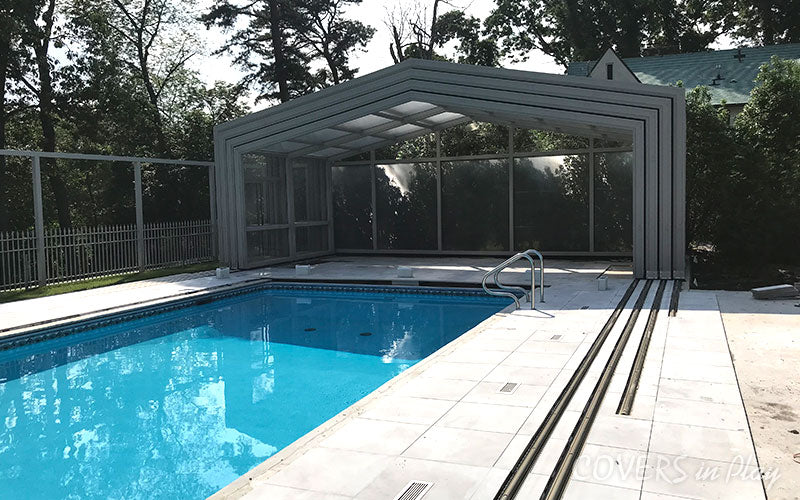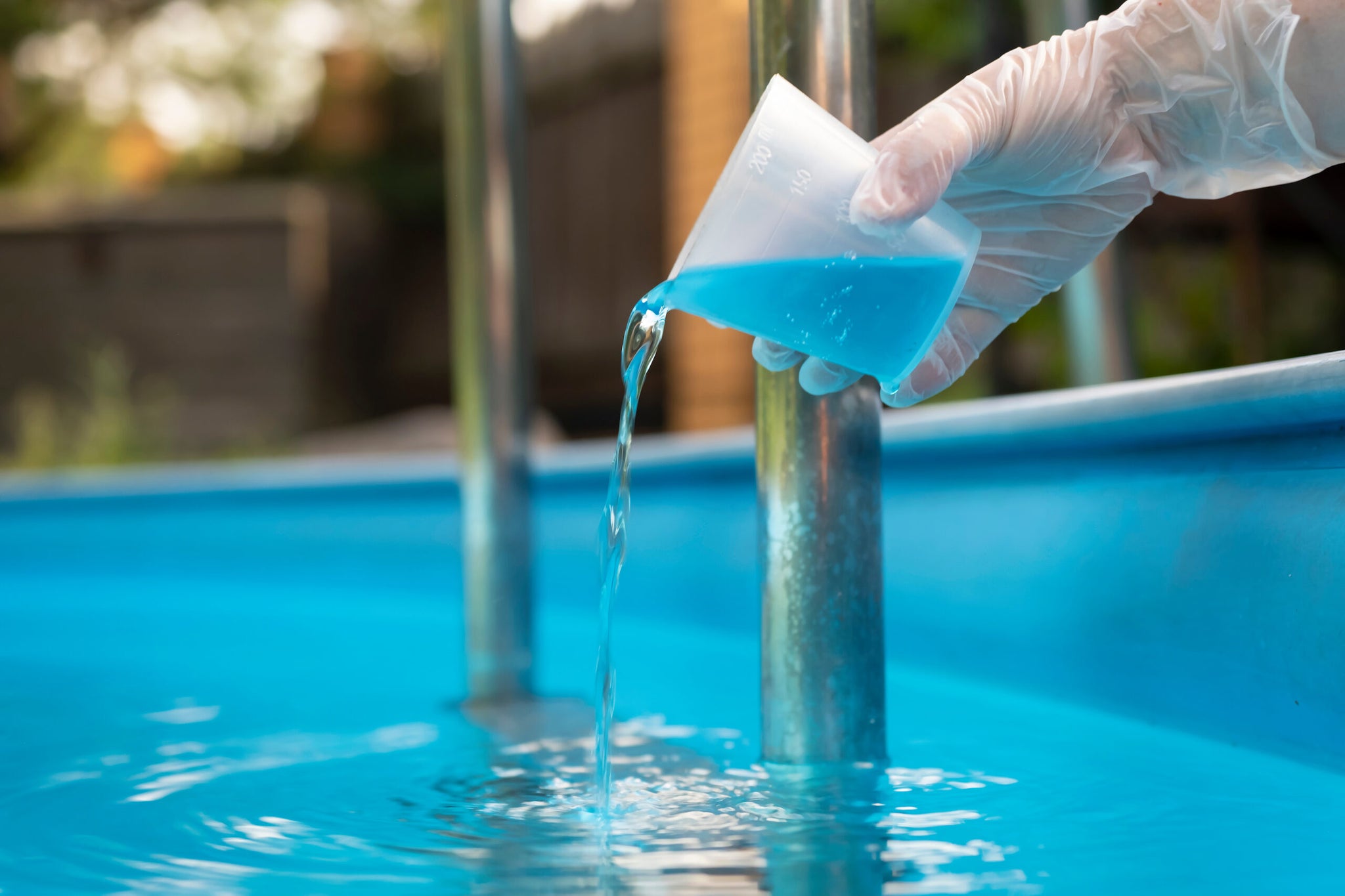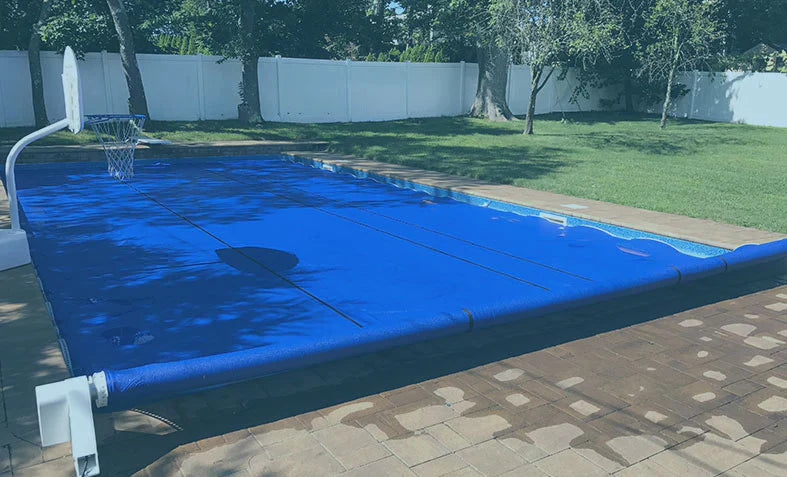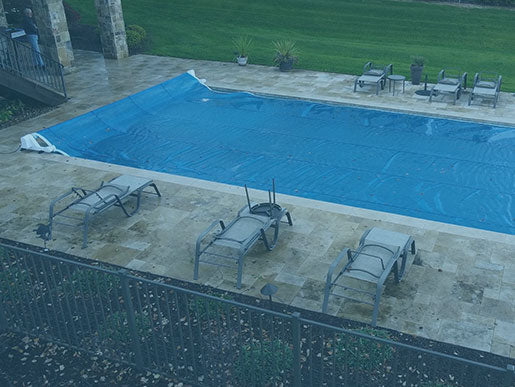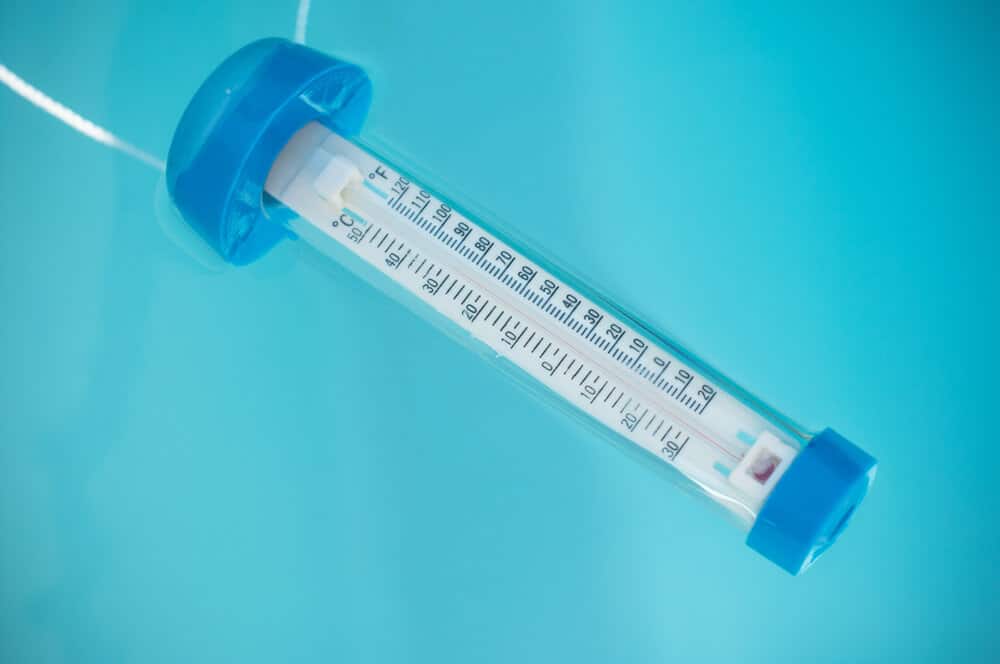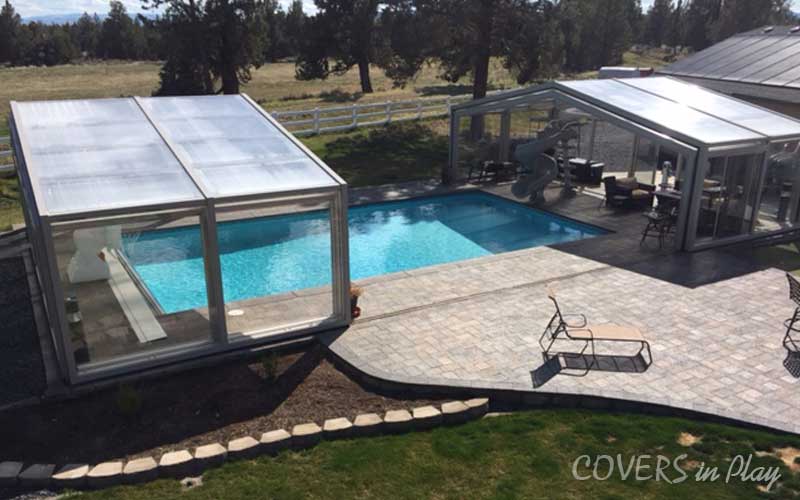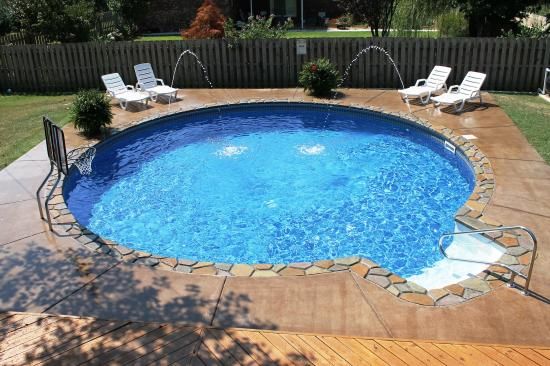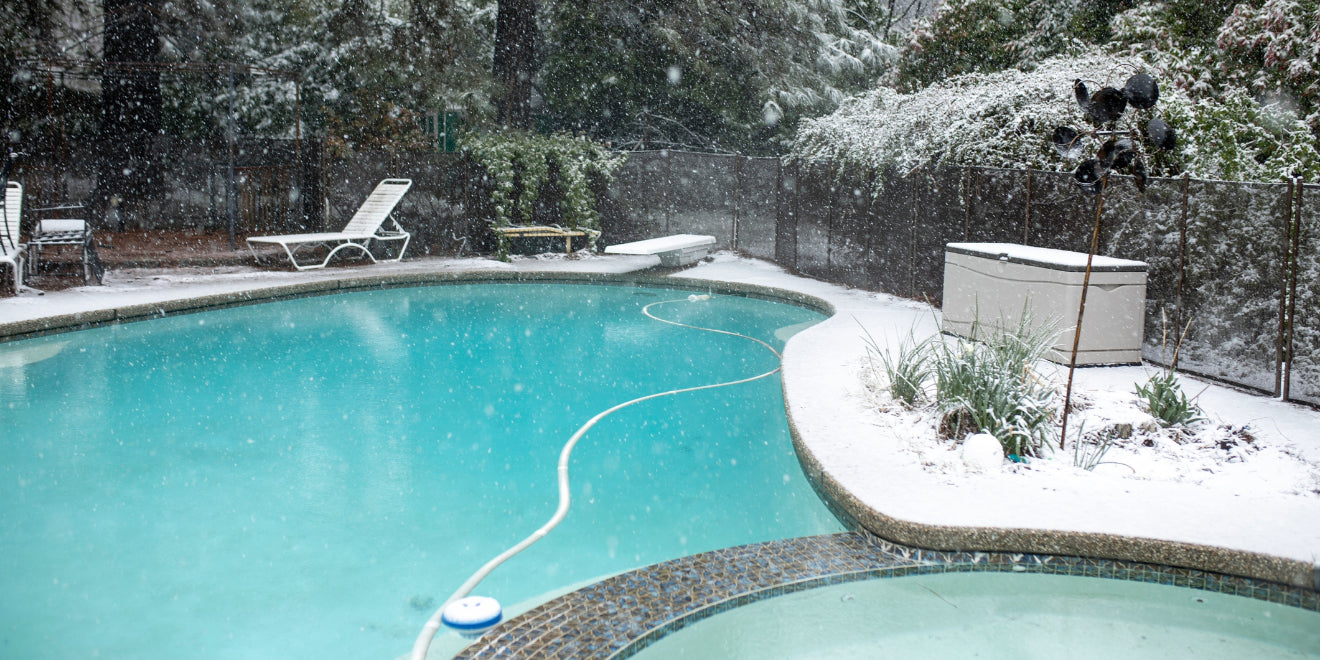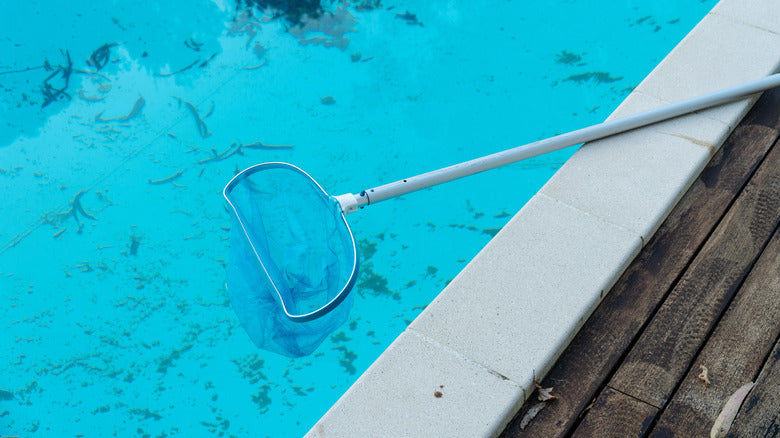
Keeping Your Pool Algae-Free: Prevention and Removal Strategies
Dealing with pool algae can be frustrating, but with the right approach, you can prevent its growth and eliminate it effectively. In this guide, we'll explore strategies for preventing and getting rid of pool algae to keep your pool water crystal clear and inviting.
Understanding Pool Algae Types and Risks
Delve into the characteristics and risks associated with different types of pool algae, such as green, yellow/mustard, and black algae. Gain insights into their preferred environments and the potential impact on your pool's aesthetics and sanitation.
Implementing Preventive Measures
Explore a variety of proactive techniques to prevent algae growth, including maintaining optimal water balance, regular brushing and vacuuming, ensuring proper filtration, and monitoring sanitizer levels. These preventive measures create an environment that discourages algae proliferation.
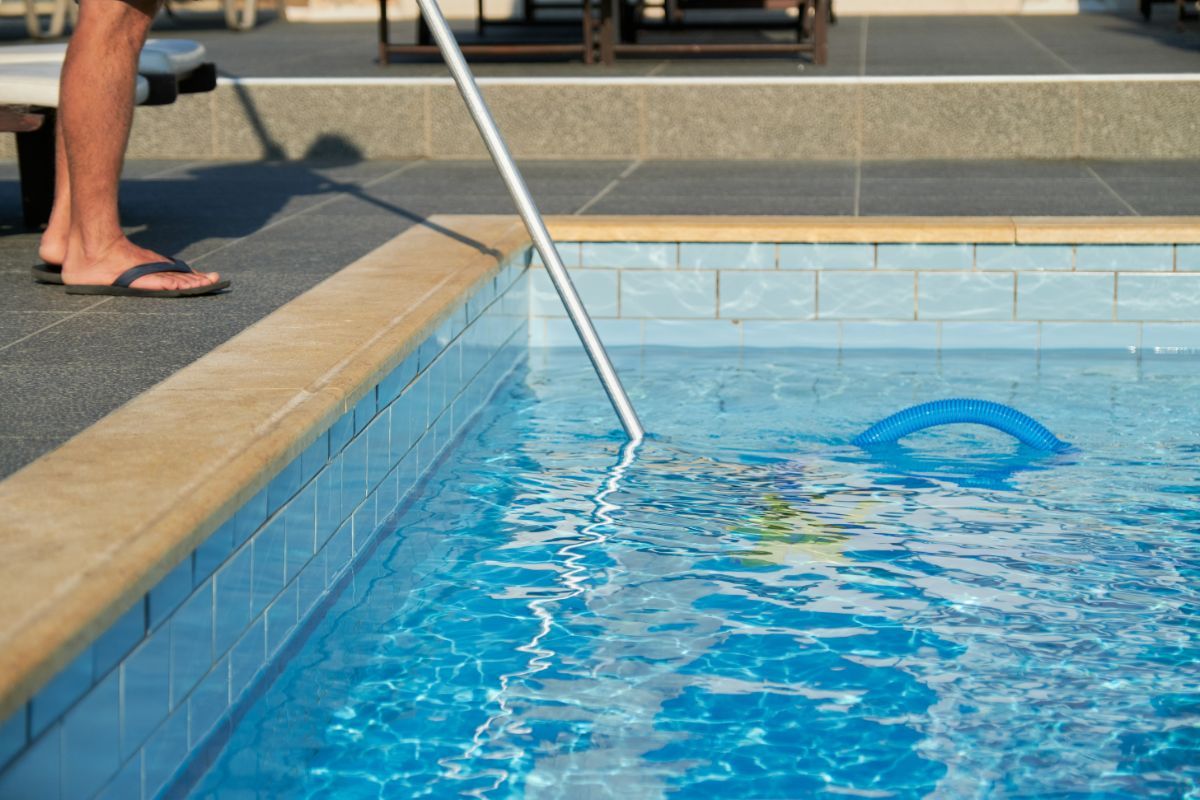
Maximizing Water Circulation Efficiency
Optimize water circulation within your pool by fine-tuning pump and filter settings, strategically positioning return jets for comprehensive coverage, and utilizing pool covers to minimize debris accumulation. Effective circulation ensures uniform sanitizer distribution and eliminates stagnant areas conducive to algae growth.
Managing Sunlight Exposure
Manage sunlight exposure to your pool by deploying UV-resistant covers or incorporating shading structures like umbrellas or pergolas. Direct sunlight provides the energy necessary for algae photosynthesis, so controlling sunlight exposure helps hinder algae development.
Algaecide Application Best Practices
Consider employing algaecides as a preventive measure to hinder algae growth. Select an appropriate algaecide based on your pool's requirements and adhere to manufacturer guidelines for correct application and dosage. Algaecides disrupt algae cell membranes, making them easier to eliminate and impeding regrowth.
Establishing a Comprehensive Maintenance Routine
Institute a regular maintenance regimen encompassing brushing pool surfaces, skimming debris, and cleaning filters to deter algae spore settlement and proliferation. Consistent maintenance endeavors maintain pool cleanliness and health, reducing the likelihood of algae outbreaks.
Detecting and Addressing Algae Outbreaks
Familiarize yourself with signs indicating algae growth, such as greenish discoloration, slimy surfaces, or cloudy water. If algae are detected, promptly initiate appropriate action, employing suitable algaecides, shock treatments, and manual cleaning techniques to eradicate algae and restore water clarity.
Executing Shock Treatment Protocols
In cases of severe algae infestation, administer shock treatment to eradicate algae and oxidize organic contaminants. Adhere closely to shock treatment procedures, including meticulous dosing calculations, pre-dissolving shock granules, and allowing adequate time for treatment efficacy.
Manual Cleaning Techniques
Augment chemical treatments with manual brushing and vacuuming to eliminate algae debris and dead cells from pool surfaces and bottom. Thorough cleaning expedites algae removal and prevents residual algae spores from forming new colonies.

Post-Treatment Surveillance and Maintenance
After addressing algae outbreaks, maintain vigilant monitoring of your pool to verify complete eradication and forestall recurrence. Continue regular water chemistry testing and sanitation maintenance to prevent fresh algae growth and sustain water clarity.
Proper Pool Cover Usage and Maintenance
Utilize pool covers effectively to prevent debris accumulation and reduce sunlight exposure, inhibiting algae growth. Ensure covers are clean and properly fitted to maximize their algae-preventing benefits and consider investing in automatic covers for convenience.
Maintain Proper Pool Water Levels and Circulation
Regularly monitor and maintain appropriate pool water levels to promote optimal circulation and prevent stagnant areas where algae can thrive. Adjust water levels as needed to ensure efficient filtration and sanitation, and consider installing additional circulation equipment, such as water jets or waterfalls, to improve water movement.
Consistent Equipment Maintenance and Upkeep
Stay proactive with routine maintenance of pool equipment such as pumps, filters, and skimmers to ensure they operate efficiently. Regularly clean and inspect equipment for debris or damage, and replace worn-out parts promptly to prevent disruptions in water circulation and filtration, which can contribute to algae growth.
Consider Alternative Sanitization Methods and Technologies
Explore alternative sanitization methods, such as saltwater chlorination, ozone generators, or UV sanitation systems, which can help inhibit algae growth while reducing reliance on traditional chemical treatments. Research and invest in technologies that best suit your pool's needs and budget.
Implement Regular Pool Shocking and Oxidation Treatments
Incorporate regular shock treatments into your pool maintenance schedule to oxidize organic contaminants and prevent algae outbreaks. Shocking the pool helps maintain sanitizer effectiveness and keeps algae at bay, particularly during periods of heavy use or extreme weather conditions.
Monitor Bather Load and Adjust Chemical Treatments Accordingly
Be mindful of the number of swimmers in the pool and adjust chemical treatments accordingly. Higher bather loads can introduce more contaminants into the water, increasing the risk of algae growth. Test water chemistry frequently and increase sanitizer levels as needed to maintain proper balance.
Address Poor Water Circulation Issues Promptly
Identify and rectify any issues with water circulation, such as clogged filters, obstructed return jets, or inadequate pump performance, to ensure uniform distribution of sanitizers and prevent stagnant areas where algae can proliferate. Regularly inspect and maintain circulation equipment to optimize water flow and filtration efficiency.
Utilize Enzyme Products for Enhanced Water Quality
Consider using enzyme-based products that break down organic matter in the water, making it less hospitable for algae growth. These products can complement regular sanitation efforts and help maintain water clarity by reducing the buildup of organic contaminants and biofilm.
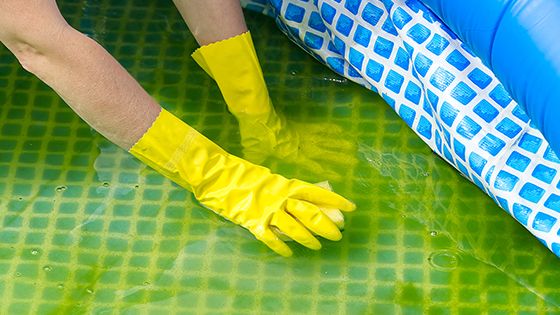
Schedule Regular Pool Scrubbing and Surface Cleaning
Implement a schedule for regular pool scrubbing sessions to remove algae spores and biofilm from pool surfaces, reducing the likelihood of algae colonization and promoting a cleaner pool environment. Use pool brushes and cleaning tools to target algae-prone areas, such as steps, walls, and pool bottoms, and vacuum up loosened debris promptly.
Monitor Environmental Factors and Adjust Maintenance Routines
Stay aware of environmental factors such as temperature changes, rainfall, and nearby vegetation that can impact pool water chemistry and algae growth. Adjust maintenance routines as needed to mitigate these influences and maintain water quality, such as increasing sanitizer levels during hot weather or adjusting pH levels after heavy rainfall.
Consider Professional Pool Service for Expertise and Solutions
Consider hiring a professional pool service provider for periodic inspections and maintenance tasks, especially for complex issues or if you're unsure how to address specific water problems effectively. Professional technicians can offer expertise and specialized solutions to keep your pool algae-free and ensure optimal water quality and clarity.
By adhering to these preventive and remedial measures, you can uphold an algae-free pool environment, ensuring pristine water quality for uninterrupted enjoyment by you and your family throughout the swimming season.
